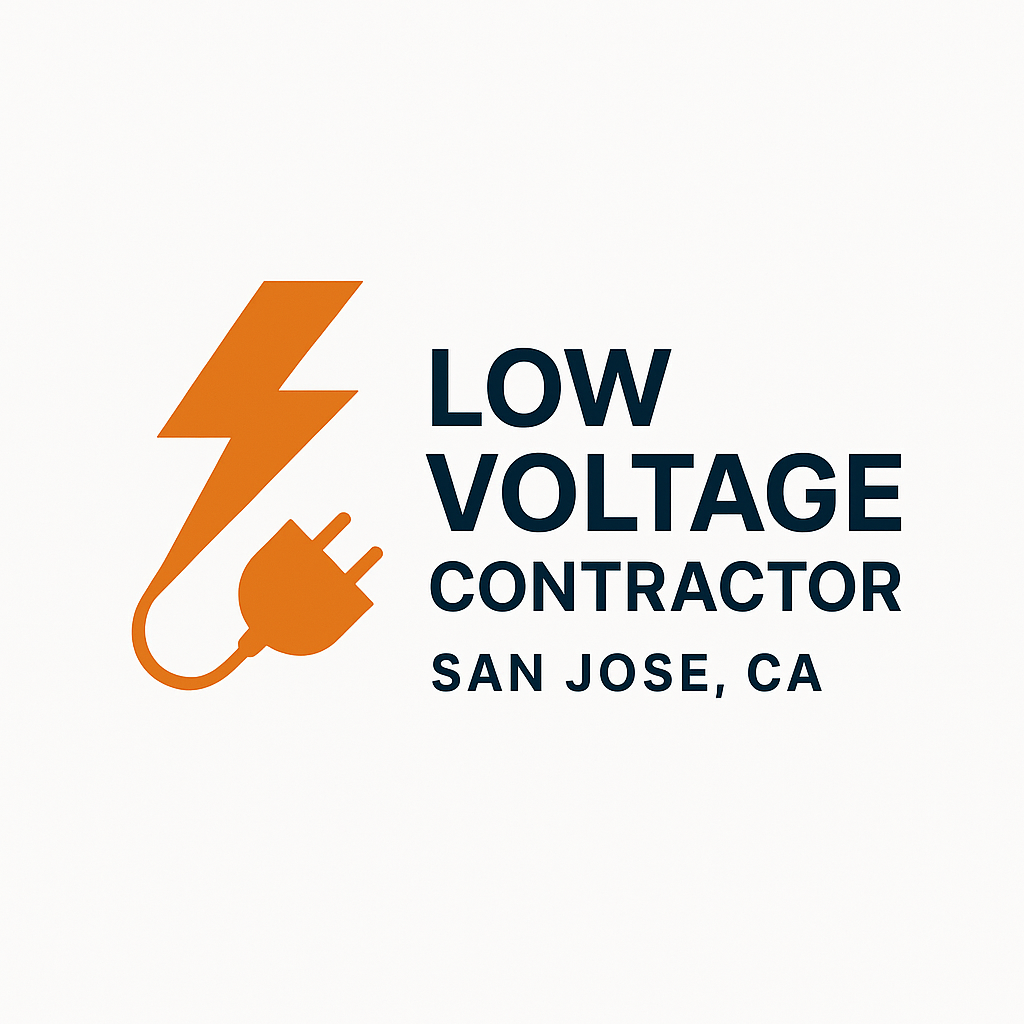Low Voltage vs. High Voltage: What San Jose Property Owners Should Know
L ow Voltage Contractor in San Jose Electricity powers nearly every aspect of modern life—from home security systems and data networks to industrial machinery and HVAC equipment. But not all wiring is the same. For property owners in San Jose, understanding the difference between low voltage and high voltage is more than just technical jargon. It directly impacts safety, building code compliance, and installation decisions.
This guide explains what counts as low vs. high voltage, why the distinction matters, and what you should know about National Electrical Code (NEC) compliance in California.
Table of Contents
- What Counts as Low Voltage vs. High Voltage?
- Why These Definitions Matter
- NEC Code Requirements
- Low Voltage Systems (Article 725, Class 2 Circuits)
- High Voltage Systems (Article 305 and Chapter 3)
- Low Voltage Systems (Article 725, Class 2 Circuits)
- Safety Considerations and Best Practices
- Common Mistakes and Misconceptions
- What San Jose Property Owners Should Do
- Conclusion & Key Takeaways
- FAQ
What Counts as Low Voltage vs. High Voltage?
How Industry Standards Define Voltage Levels
- NEC (National Electrical Code): The NEC doesn’t define “low voltage” as a single number but uses power-limited circuit classifications under Article 725. Commonly, circuits under 50 volts (AC or DC) are considered “low voltage” in practical applications like security cameras, data wiring, and fire alarms.
- IEC (International Electrotechnical Commission): Defines low voltage as 0–1000 V AC or 0–1500 V DC.
High Voltage: In most U.S. contexts, any system above 600 V is classified as high voltage, typically found in industrial equipment and utility power distribution.
Real-World Examples
- Low Voltage Systems: Security cameras, Ethernet cabling, intercoms, landscape lighting, alarm systems, and smart home devices.
- High Voltage Systems: Power distribution panels, HVAC compressors, elevators, and industrial machinery.
Why These Definitions Matter
Safety Risks
- Low Voltage: Safer to handle but not risk-free. Improperly installed low-voltage wiring can still overheat and cause fires.
- High Voltage: Poses severe hazards including arc flash, shock, and electrocution—requiring specialized installation and safety procedures.
Compliance & Property Value
For San Jose property owners, compliance isn’t just about avoiding fines. Code violations can affect:
- Home insurance coverage
- Resale inspections
- Safety certifications for commercial properties
NEC Code Requirements
Low Voltage Systems (Article 725 and Chapter 8)
- Governed by Article 725 (Class 2 and Class 3 circuits).
- Class 2 circuits are power-limited (max 100 VA), making them safer for applications like fire alarms and access control.
- Chapter 8 covers communications systems—such as structured cabling and data networks.
Key Point for San Jose Owners: Even though low voltage seems simple, installation must still comply with conduit requirements, grounding rules, and separation from higher-voltage wiring.
High Voltage Systems (Article 305 and Chapter 3)
- High voltage wiring is regulated under Article 305 (temporary installations) and Chapter 3 (general wiring methods).
- Requires heavy-duty conduit, proper insulation, grounding, and spacing to prevent arc flash.
- High-voltage work must be performed only by licensed electrical contractors—never DIY.
Safety Considerations and Best Practices
Separation of Circuits
NEC requires that low-voltage and high-voltage conductors cannot share the same conduit unless explicitly rated for it. Mixing them risks both electrical interference and safety hazards.
Conduit and Cable Selection
- Use shielded cables for data and security wiring near power sources.
- Follow San Jose’s building inspection requirements, which often require UL-listed conduit for commercial installations.
Licensed Installation
Even if low-voltage wiring looks simple, a licensed low-voltage contractor ensures compliance and avoids costly rework during inspections.
Common Mistakes and Misconceptions
Low Voltage Means No Danger”
Even circuits under 50 V can ignite fires if overloaded or poorly installed.
“All Codes Are the Same”
San Jose follows the California Electrical Code (CEC), which is based on the NEC but has local amendments. What’s legal elsewhere may not pass inspection in Santa Clara County.
“DIY Wiring Saves Money”
Unpermitted electrical work can void insurance coverage and result in costly fines.
What San Jose Property Owners Should Do
Steps for Homeowners
- Identify whether your system is low or high voltage.
- Hire a contractor familiar with NEC and California code compliance.
- Ask for permits and final inspection reports for major electrical work.
Steps for Commercial Property Managers
- Ensure all wiring (especially for security, networking, and lighting) is separated correctly.
- Schedule routine inspections to remain compliant with fire and safety codes.
- Work only with licensed low-voltage and high-voltage contractors.
Conclusion & Key Takeaways
- Low voltage typically applies to systems under 50 V (NEC practical use) but may extend up to 1000 V (IEC definition).
- High voltage applies to 600 V and above, with stricter safety and code requirements.
- Both systems fall under NEC compliance, but different Articles apply.
For San Jose property owners, hiring licensed contractors and ensuring inspections are passed is the best way to protect property value, safety, and insurance coverage.
